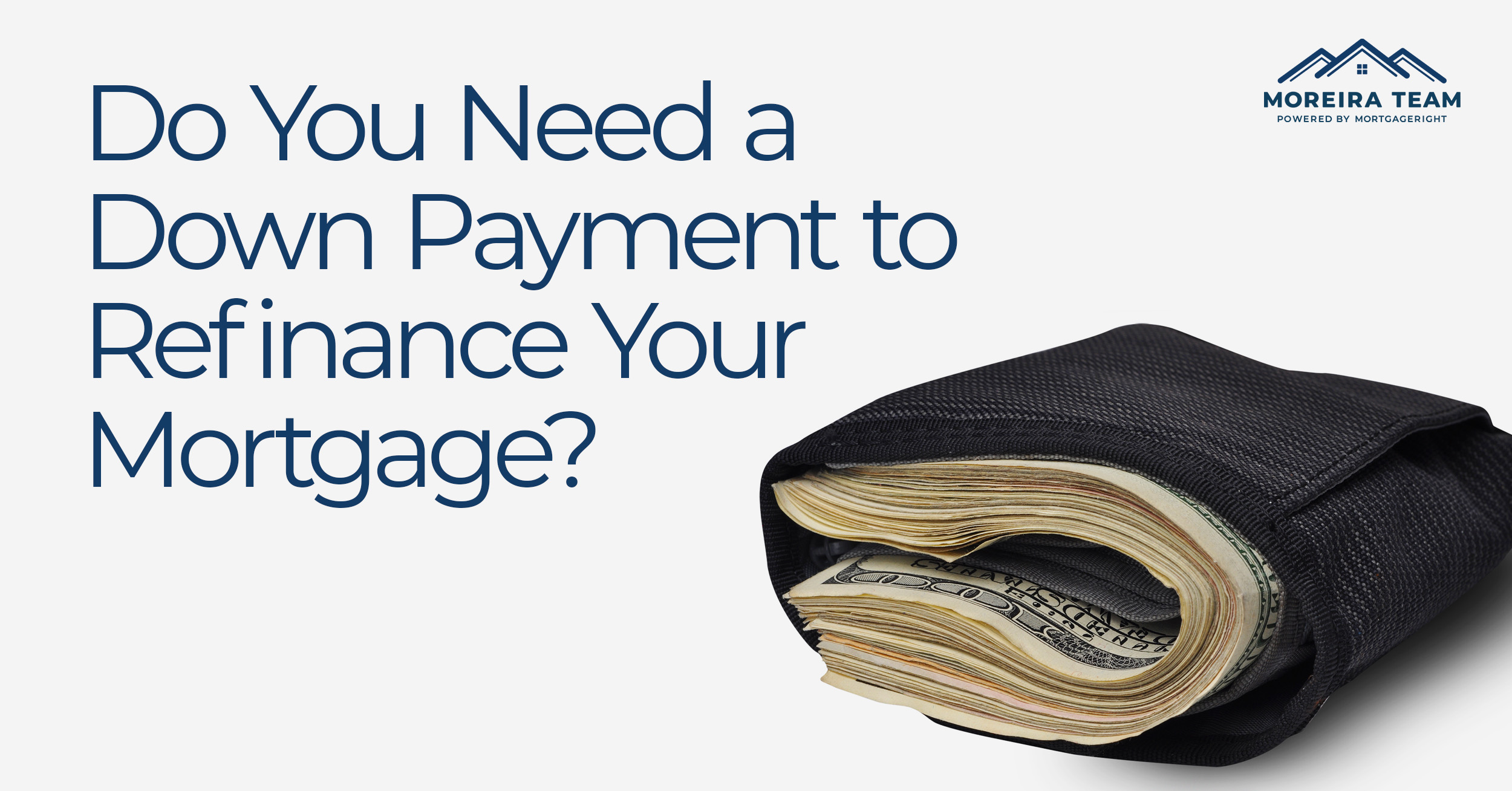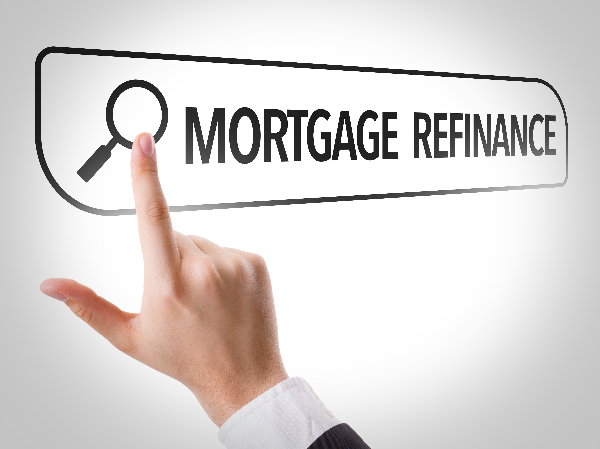
In this article
Does a Refinance Cost Money Upfront?
If you want to refinance, no down payment is needed. Still, it does not mean that you won’t have to pay anything to refinance your mortgage. You will have to pay closing costs that typically add up to about 2 to 5 percent of the loan amount.
Fortunately, you don’t always have to pay those fees out of pocket. With a bit of know-how, it is possible to roll closing costs into the loan or have them covered by the lender and pay nothing upfront on the mortgage refinance.
Refinance Affordability Calculator

Refinancing doesn’t require a down payment, but you definitely need equity.
When you buy a house, you will almost always be required to pay a down payment of anywhere between 3 and 20 percent. It is required since it puts equity into the home that protects the lender if your loan defaults.
With refinancing, you aren’t required to make a down payment since you (typically) already have some equity in the property. Keep in mind that you build home equity over time as you pay down the mortgage and the home increases in value.
You don’t have to bring a down payment to the table with a refinance as long as you meet the minimum equity requirements. However, you will have to pay closing costs again – just like you did when you purchased the home. So, you need to plan for those upfront fees before deciding whether or not to refinance.
How Much Equity Is Required to Refinance?
Home equity refers to the difference between the value of your home and your mortgage balance. For instance, if your home is worth $100,000 and the mortgage balance is $70,000, you have 30% equity.
People often assume that refinancing requires 20% equity, but this isn’t always the case. The reality is that most major refinance programs actually require significantly less.
Conventional Refinance – 3 to 5 Percent
You can usually qualify for a conventional rate-and-term refinance if you have as little as 3 to 5 percent home equity. This type of refinance just modifies the length and interest rate of the loan.
Conventional loans, on the other hand, require at least 20% equity for a cash-out refinance. This involves getting a new loan that’s more than what you owe currently, and then cashing out the difference.
FHA Refinance – 3.5 Percent
FHA refinance also requires 20% equity for a cash-out, but only 3.5% equity for a rate-and-term refinance.
You may qualify for an FHA Streamline Refinance if you have little to no equity. An appraisal isn’t needed for this type of refinance. To qualify, however, you must have a current FHA loan in good standing. Furthermore, the new loan cannot exceed the original mortgage amount, which means that no cash back is allowed.
VA Refinance – 0 Percent
A VA Cash-Out Refinance allows you to take out a new loan for as much as 90% of the value of the home. That means that you could theoretically refinance without any equity in the home at all.
Actual limits will vary from one lender to the next. Lenders sometimes allow applicants to only borrow up to 90% of their home equity, leaving 10% untouched.
VA loans also have a VA Streamline Refinance program (known as the ‘Interest Rate Reduction Refinance Loan’), which allows refinancing without any equity or appraisal.
USDA Refinance – 0 Percent
USDA home loans typically don’t allow cash-out refinancing. Still, you can refinance a USDA loan with little to no equity, as long as you are up-to-date on loan payments and meet the program’s credit requirements.

